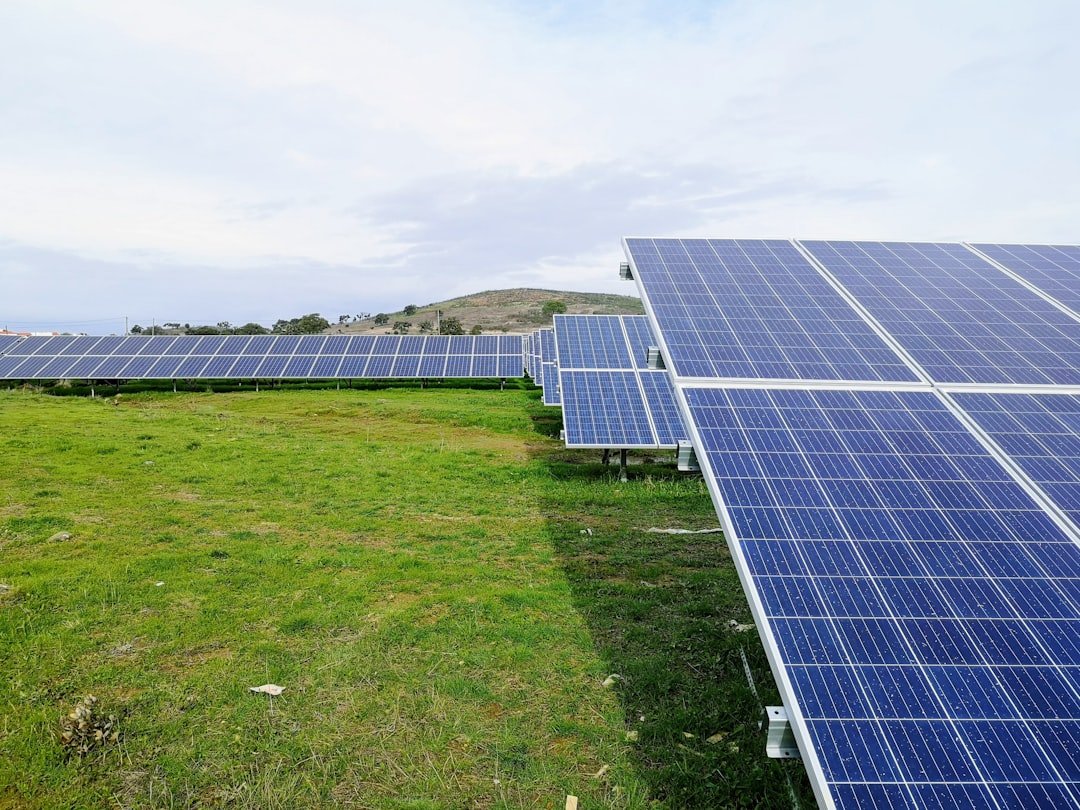A Detailed Introduction to Hybrid Energy Solutions Hybrid energy solutions are a combination of renewable and non-renewable technologies that bring together different energy sources to produce a more dependable and effective energy system altogether. Usually, these systems combine solar, wind, and occasionally fossil fuels or battery storage to maximize energy generation & consumption. Utilizing each energy source’s advantages while reducing its drawbacks is the main objective of hybrid energy solutions, which will create a more robust and sustainable energy supply. As the world looks more and more to switch from conventional fossil fuels to cleaner alternatives, the idea of hybrid energy systems is becoming more and more popular. Even in cases where one energy source is intermittent, these systems can maintain a steady power supply by combining various energy sources.
Key Takeaways
- Hybrid energy solutions combine multiple renewable energy sources for a more reliable and efficient power supply.
- Implementing hybrid energy solutions can lead to reduced energy costs, increased energy independence, and lower carbon emissions.
- Integrating solar and wind power in hybrid systems can provide a more consistent and reliable energy supply, as they complement each other’s strengths and weaknesses.
- Maximizing energy efficiency with hybrid systems involves using energy storage and smart grid technologies to optimize energy usage and reduce waste.
- Hybrid energy solutions can be cost-effective in the long run, as they can reduce reliance on traditional energy sources and lower overall energy expenses.
Solar power generation, for example, peaks during the day, whereas wind energy may be more plentiful at night or during particular seasons. In order to meet the varying needs of contemporary society, hybrid systems can guarantee a more steady & reliable energy output by combining these resources. Beyond just producing energy, there are many benefits to using hybrid energy solutions.
The increased power supply reliability is among the biggest advantages. Hybrid systems can minimize the risk of outages by reducing reliance on any one energy source through diversification. For industries & vital infrastructure that need constant power, this dependability is especially important. Over time, hybrid energy solutions can also result in significant cost savings.
Compared to traditional systems, the initial investment may be higher, but over time, the advantages frequently exceed these expenses. Users can safeguard themselves against volatile fossil fuel prices and drastically lower their electricity costs by utilizing renewable energy sources like solar and wind. Hybrid systems are also more financially viable because many governments provide incentives and subsidies for the adoption of renewable technologies. The strategic integration of wind & solar energy into hybrid energy systems optimizes each technology’s advantages.
| Energy Source | Advantages | Disadvantages |
|---|---|---|
| Solar Power | Renewable, reduces electricity bills | Dependent on sunlight, initial cost |
| Wind Power | Renewable, reduces electricity bills | Dependent on wind, noise |
| Battery Storage | Stores excess energy, reduces reliance on grid | Initial cost, limited capacity |
| Grid Connection | Reliable, consistent power supply | Dependent on utility company, potential outages |
Wind turbines capture the kinetic energy of wind currents, which can be more abundant at certain times of the day or year, while solar panels use sunlight to generate electricity during the day. A more balanced energy output throughout the day & throughout the seasons is made possible by this complementary relationship. In reality, combining these two renewable resources requires meticulous design and planning. For both solar and wind components to operate as efficiently as possible, energy management systems are essential.
These systems provide real-time monitoring of energy production and consumption, enabling modifications to guarantee optimal efficiency. The system can, for example, prioritize solar energy production on sunny days with low wind speeds and switch its attention to wind generation on windy days with little sunlight. In addition to improving energy reliability, this innovative strategy helps create a more sustainable energy future. One of the main goals of hybrid energy solutions is to maximize energy efficiency. These systems can maximize energy use in ways that single-source systems cannot by combining multiple technologies. For instance, hybrid systems frequently include cutting-edge energy storage technologies like batteries, which store extra energy produced during periods of high demand or low generation for use during those times.
Also, smart grid technology can be incorporated into hybrid systems to improve overall efficiency. Digital communication tools are used by smart grids to track and control electricity flows in real time. Better demand response tactics are made possible by this capability, which enables energy consumption to be modified according to availability.
Users can thus reduce waste and make sure they are making the best use of their energy resources. Both businesses & homeowners place a high value on hybrid energy solutions’ affordability. Even though hybrid systems may initially cost more to set up than conventional systems, they may end up being more cost-effective in the long run due to lower energy & maintenance expenses.
Also, the price of solar panels and wind turbines is continuously falling as technology develops and economies of scale in the production of renewable energy are achieved. Along with immediate electricity bill savings, hybrid systems can also yield financial gains through government rebates & incentives that encourage the use of renewable energy. Tax credits or grants are available in many places for the installation of hybrid systems, which can greatly reduce the initial outlay of funds. As fossil fuel prices continue to rise and renewable technologies become more accessible, hybrid solutions will probably become even more cost-effective over time. The potential for hybrid energy solutions to lessen their impact on the environment is one of the strongest arguments for their adoption.
These systems considerably reduce greenhouse gas emissions when compared to conventional fossil fuel-based power generation by incorporating renewable energy sources like solar and wind into the energy mix. Improving air quality & halting climate change are two benefits of this emission reduction. Also, hybrid systems maximize the efficiency of available renewable resources, thereby promoting sustainable resource use. Communities can lessen their dependency on imported fossil fuels, which frequently have high environmental costs related to extraction & transportation, by making use of local solar and wind resources. In this sense, hybrid energy solutions help to create a more sustainable future for the planet while also boosting local economies.
There are various factors to take into account when choosing the best hybrid energy system for a house, each of which takes into account unique requirements and situations. Homeowners are responsible for determining their unique energy needs, including peak usage periods and typical consumption patterns. Knowing these variables will make it easier to choose the best arrangement of solar panels, wind turbines, and battery storage to efficiently meet their energy needs. When selecting the best system, geographic location is also very important. Whereas areas with regular wind patterns might give priority to wind power, areas with plenty of sunlight might gain more from solar integration.
Incentives and local laws should also be taken into account by homeowners as they may affect their choice. Speaking with renewable energy specialists can give you important information about the best options for your situation. For hybrid energy solutions to last a long time and operate at their best, maintenance is necessary.
To keep solar panels and wind turbines operating effectively, routine maintenance inspections are required. This can entail washing the surfaces of solar panels to get rid of any dust or debris that might impair their functionality. Also, routine inspections can assist in spotting possible problems before they become serious enough to require expensive repairs.
For wind turbines to run smoothly, regular maintenance is also necessary. This entails inspecting moving parts, lubricating mechanical components, & keeping an eye on performance indicators to spot any irregularities early. To effectively manage these duties and keep their hybrid systems operating at their best for the duration of their lives, many homeowners choose to hire professionals to perform these maintenance services. To sum up, hybrid energy solutions offer a viable route to a future with more efficient and sustainable energy.
People can choose how to incorporate these systems into their lives by being aware of their advantages and constituent parts. As technology advances and environmental concerns become more widely recognized, hybrid solutions will probably become more and more important in supplying the world’s energy needs while protecting the environment for coming generations.



